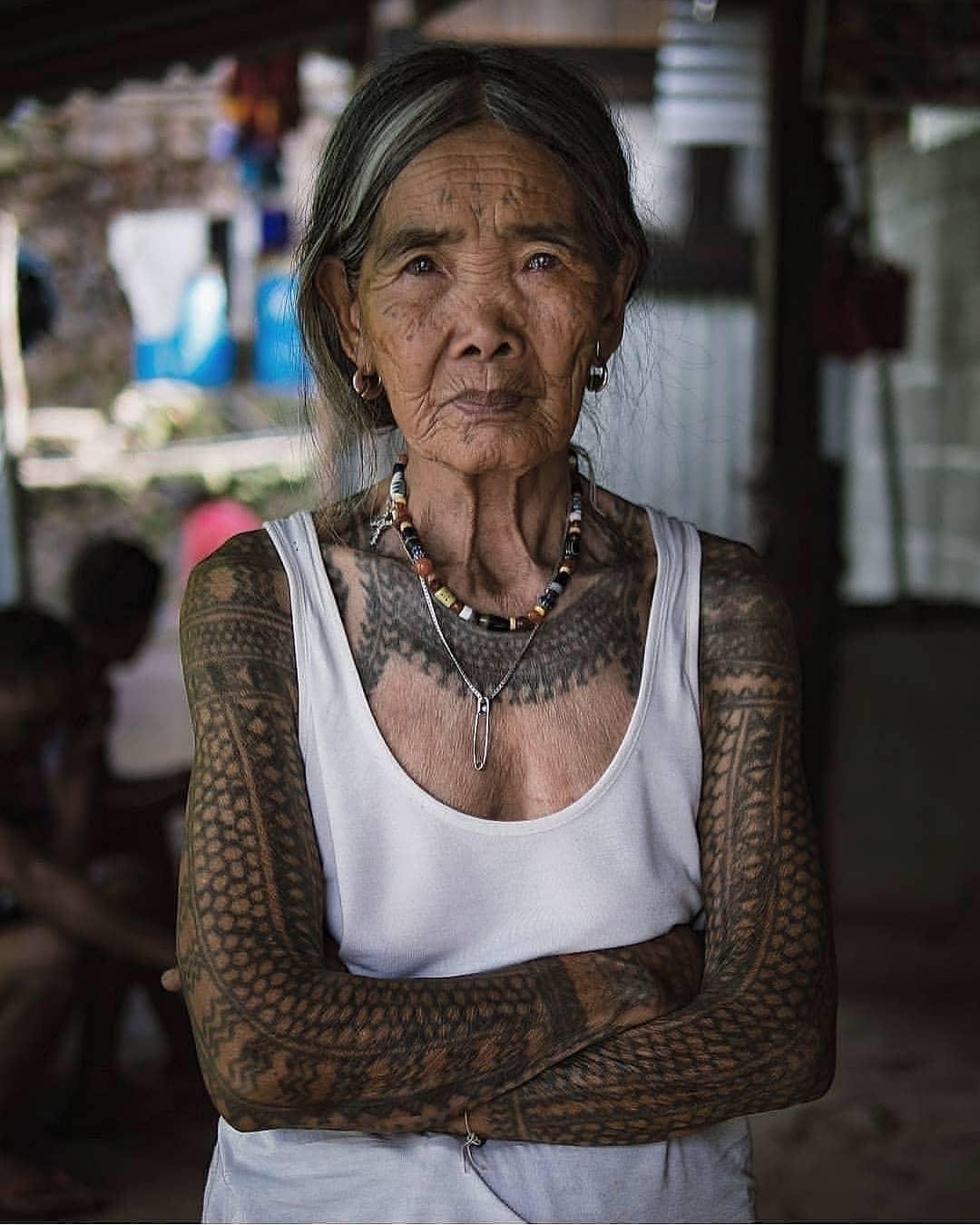From Tradition to Trend: The Tattoo Revolution Among Youth
Tattoos have been part of human culture for thousands of years. The earliest evidence comes from Ötzi the Iceman (around 3300 BCE), whose body had 61 simple lines and crosses. These tattoos were likely therapeutic or ritualistic, applied using ancient techniques: sharp stones or bone needles dipped in natural pigments like soot or charcoal to puncture the skin and insert ink.
In ancient Egypt, tattoos symbolized fertility and protection, while in Polynesia, tattoo masters (tufuga) used tapping sticks and natural ink to create intricate designs representing ancestry, achievements, and social status.
Even today, some elderly women continue these traditional methods. The most famous example is Whang-od Oggay from the Philippines, considered the last traditional Kalinga tattoo artist, who still applies designs by hand using the ancient tapping technique.
Tattoo Culture in Youth Today
Modern tattooing has evolved into a global art form, and small tattoos are increasingly popular among youth. Young people choose minimalist symbols, meaningful letters, or tiny cultural motifs to express identity, personality, or beliefs. Social media, pop culture, and influencers have made tattooing more accessible and celebrated, while many still appreciate traditional designs as a connection to heritage. Small tattoos allow the youth to be stylish, creative, and personal without committing to large designs.
From Ötzi’s ancient ink to Whang-od’s hand-tapped designs, and finally to today’s trendy small tattoos, this art form continues to carry history, culture, and personal stories across generations, blending tradition with modern expression.
Share this content:











Post Comment